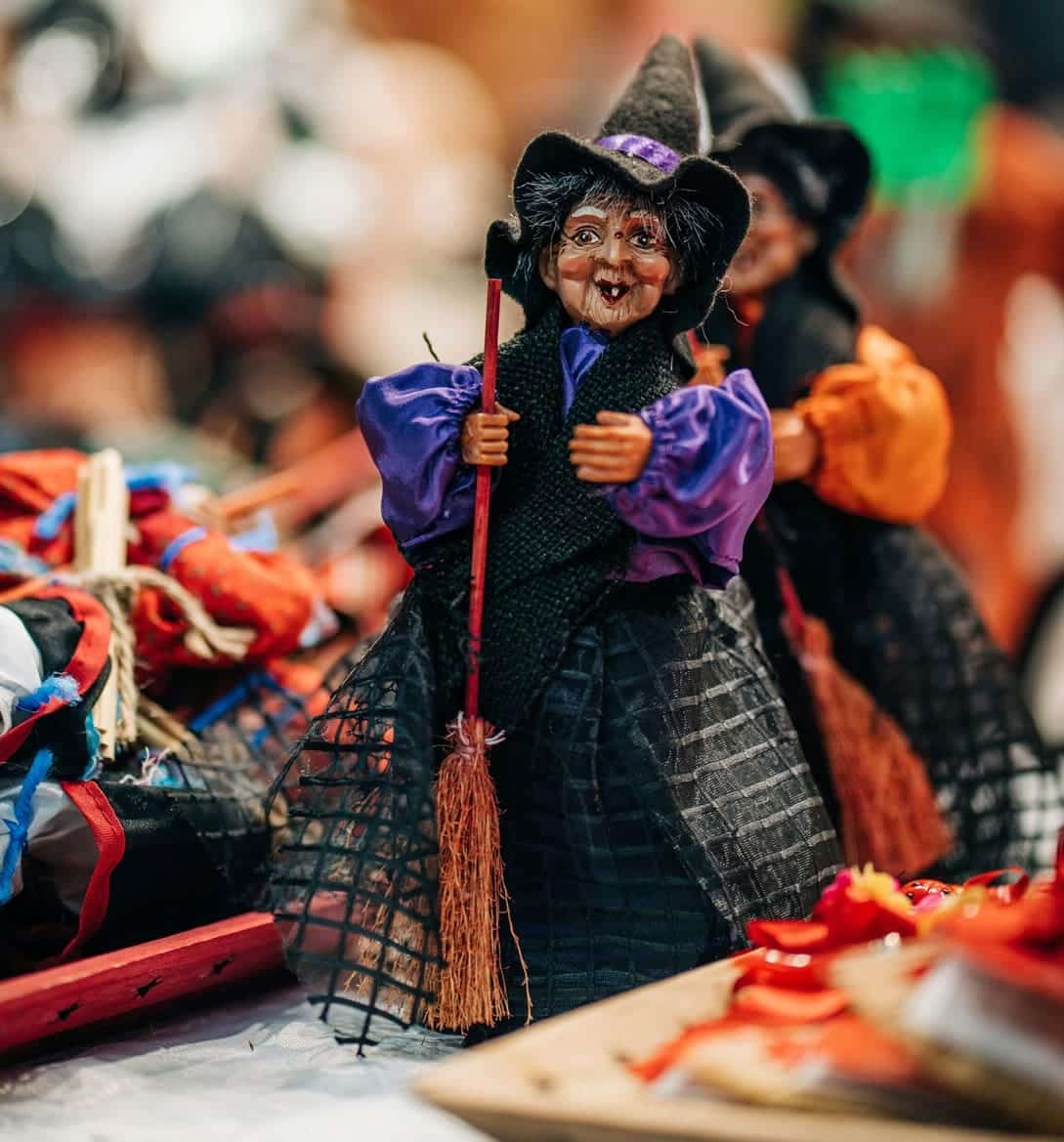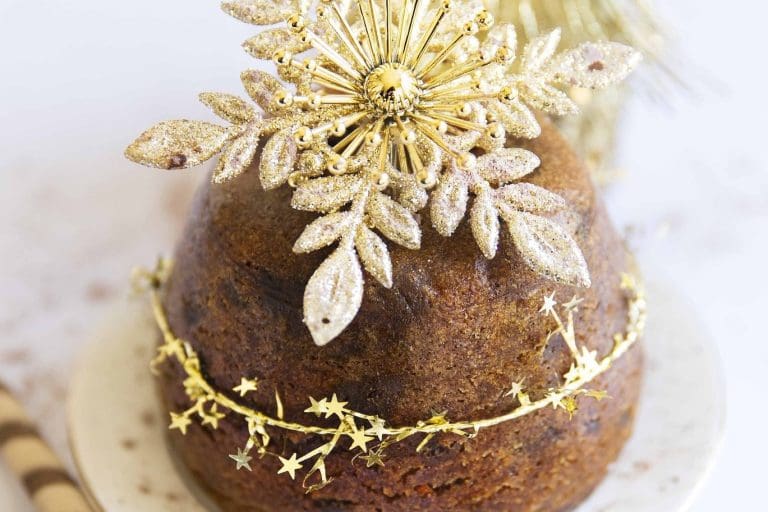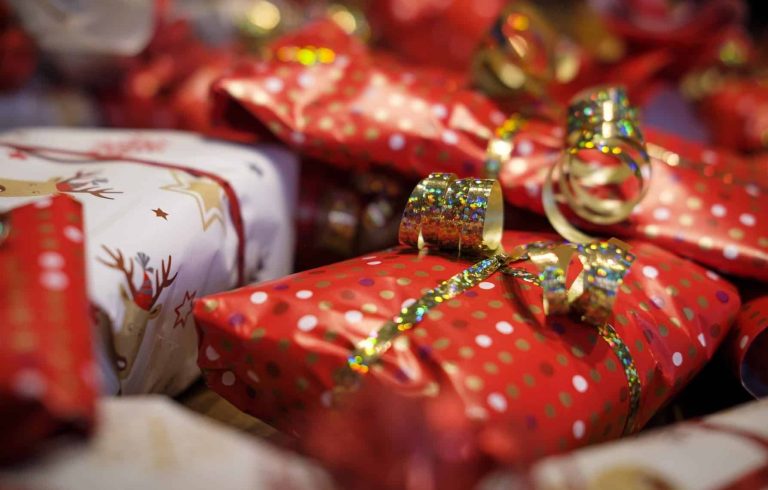The Epiphany: A celebration of manifestation
Epiphany, also known as the Feast of the Epiphany, Three Kings’ Day and Theophany, is one of the oldest and most significant festivals in Christianity.
Derived from the Greek word ‘epiphaneia’ which means ‘manifestation’, it is celebrated on January 6 by Western Christians and on January 19 by some Eastern Orthodox Christians.
The celebration marks a pivotal moment in the story of Jesus and his revelation to the world that he was the son of God – which is why the three kings visited him as an infant. The date is a major Christian holiday in many countries.
The origins and traditions of Epiphany
The origins of Epiphany can be traced back to the early church in the East.
Initially, it embodied the celebration of Christ’s birth alongside other events signifying his divinity.
However, by the 4th century, the Western Church established December 25 as Christmas Day and the birth of Jesus, leaving Epiphany to focus on separate events.
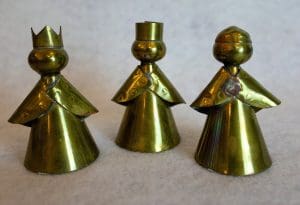
According to Christian tradition, the Magi followed a miraculous star to find the infant Jesus in Bethlehem.
They presented him with gifts of gold, frankincense and myrrh, symbolising Jesus’ kingship, divinity, and eventual sacrifice.
Eastern Christian traditions celebrate Jesus’ baptism by John the Baptist in the Jordan River. During this event, the Holy Spirit descended upon Jesus, and God declared Him as His beloved Son. This is seen as the second revelation, after the Three Kings visited him after his birth.
As a result, Three Kings’ Day is celebrated with great fanfare in many countries, particularly those with a strong Hispanic or Catholic influence. Spain, Mexico and many Latin American nations are among the most enthusiastic celebrants.
This is when many families will exchange gifts and, in some countries, such as France and Great Britain, special cakes (known as a ‘Twelfth Night’ cake in the UK) are baked and consumed.
Other countries stage parades featuring colourful floats and costumed characters.
Some have a traditional treat like Rosca de Reyes (Three Kings’ Bread), a sweet bread with a hidden figurine inside, to be enjoyed by families and friends. The festive atmosphere and religious significance of Three Kings’ Day make it a popular holiday in these countries.
The baptism of Jesus marks the beginning of his public ministry and the revelation of the Holy Trinity – God the Father, Son (Jesus), and Holy Spirit – through the descending dove.
A celebration across the world – Diverse expressions of faith
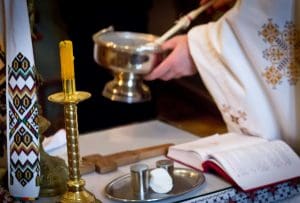
For example, Orthodox Christians commemorate Christ’s baptism during Epiphany and attend church ceremonies where priests bless water, which is then used for blessings throughout the year.
Some even take icy dips in lakes to symbolically wash away sins.
Non-Orthodox Christians, including Catholics, focus on the arrival of the Magi (Three Wise Men) from the East.
Here’s how different regions mark this special day:
- Western Europe: In Spain and some Latin American countries influenced by Spanish traditions, Three Kings’ Day is the big gift-giving occasion, replacing Christmas Day. Children eagerly await the arrival of the Three Kings on camels, who leave presents at night
- Eastern Europe: Here Eastern Orthodoxy is the most popular of the three major branches of Christianity (alongside Roman Catholicism and Protestantism). It is the second largest denomination of Christians and is characterised by its continuity with the apostolic church, its liturgy and its territorial churches. Adherents can be found in Russia, Greece, Georgia, Ukraine and Cyprus. Here, Epiphany is marked by blessings of water. People gather near rivers or specially made ice holes to collect holy water believed to possess healing properties. Traditional bathing in icy waters also takes place, symbolising spiritual cleansing
- North America: While not as widely celebrated as Christmas, some denominations in North America hold special church services on Epiphany. Traditions may include reenactments of the Nativity scene or the visit of the Magi.
Significance and celebration
The date of Epiphany varies depending on the denomination of the celebrants. That means it is observed on January 6 by Roman Catholics, Anglicans, Lutherans and Christians of other Western traditions. Eastern traditions that follow the Julian calendar rather than the Gregorian calendar, will celebrate on January 19, since their Christmas Eve falls on January 6.
Beyond regional traditions
There are other quirky celebrations of Epiphany in some countries, including:
- Chalking the door: A custom observed in some European countries involves writing blessings with chalk – that has been blessed by a priest – above doorways on Epiphany Eve. The inscription typically includes the current year, along with C+M+B, which represent the names of the Magi (Caspar, Melchior, Balthazar) or ‘Christus mansionem benedicat’ (May Christ bless this house (or dwelling))
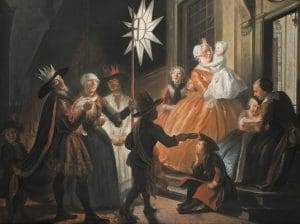
It’s also worth noting that on January 5, the Anglican Communion celebrates Twelfth Night as the day when the wise men visited the infant Jesus.
However, some Eastern Orthodox Churches celebrate Christmas on January 7, leading to their Epiphany celebration on January 19.
The event is also the time that food and drink are consumed as part of the celebrations.
In Kent, for example, some families will take down an edible Christmas decoration last and share this amongst themselves.
Actors at the Theatre Royal, Drury Lane, enjoy a tradition dating to 1795. That’s when they get to enjoy cake and punch thanks to a £100 legacy from an actor called Robert Baddeley. It might not sound a lot but, according to the Bank of England, it was a gift worth £10,000 in today’s money.
A tradition in Ireland is to place statues in a nativity crib of the Three Kings. The tradition of Nollaig na mBan also sees women being relieved of their household chores by the men – and they get to go to the pub ‘without shame’. In churches and houses that are home to a nativity crib, three statues are added to the display. But the sixth is also the day for packing festive decorations away, so the statues don’t remain in place for long!
And just to confuse matters, there are some areas in England, particularly in the South West, where Twelfth Night is celebrated on 17 January. That’s because the custom of the Apple Wassail is celebrated from Julian calendar when it was the 6th.
Apple wassailing is an ancient English tradition – it has its roots in pagan rituals – that involves visiting an orchard to bless apple trees and encourage a good harvest in the coming year. While it is usually celebrated on Twelfth Night, some of those celebrating do so on ‘Old Twelvey Night’ – which is January 17th. That’s the celebrated date before the Gregorian calendar was brought in in 1752.
Other traditions
- Gift-Giving: Similar to Christmas, some cultures exchange gifts on Epiphany. Children may receive small presents in their shoes, echoing the Magi’s gifts
- Special pastries: Many countries prepare special pastries or cakes for Epiphany. We’ve mentioned the Rosca de Reyes above while France enjoys the Galette des Rois which is a round puff pastry filled with almond cream. Again, a small ceramic figurine, often a tiny porcelain bean or a figurine of a king, is hidden inside
- Blessing of houses: Some traditions involve blessing homes with holy water, reflecting Jesus’ baptism, along with chalking a message on the front door or wall.
La Befana
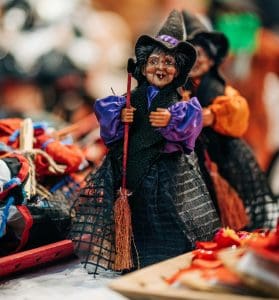
La Befana is a mythical old woman who flies on a broomstick, bringing gifts to children on the night of January 5. Legend has it that she missed the Magi’s visit to Jesus and now searches for Him, leaving gifts for children in her wake.
Timket
Ethiopian Orthodox Christians celebrate Epiphany, known as Timket, with enthusiasm.
A replica of the Ark of the Covenant (called a tabot) is ceremoniously escorted to a body of water to commemorate Jesus’ baptism.
The significance of Epiphany
Beyond the diverse traditions, Epiphany holds a deeper meaning for Christians.
It celebrates the revelation of Christ’s divinity in various ways:
- The universal message: The visit of the Magi signifies that Christ’s message of salvation is for all people, regardless of ethnicity or origin
- The start of ministry: The baptism of Jesus marks the beginning of his public ministry, where he reveals himself as the Son of God through his teachings and miracles
Epiphany and the wider world
Epiphany is a cornerstone of Christian tradition which continues to be celebrated worldwide. This ancient festival, which commemorates the revelation of Jesus as the Son of God to the Magi, has endured for centuries.
The enduring appeal of Epiphany lies in its profound spiritual significance and the rich cultural traditions that have evolved around it.
As Christians gather to celebrate, they are reminded of the enduring power of faith and the timeless message of hope and redemption.

